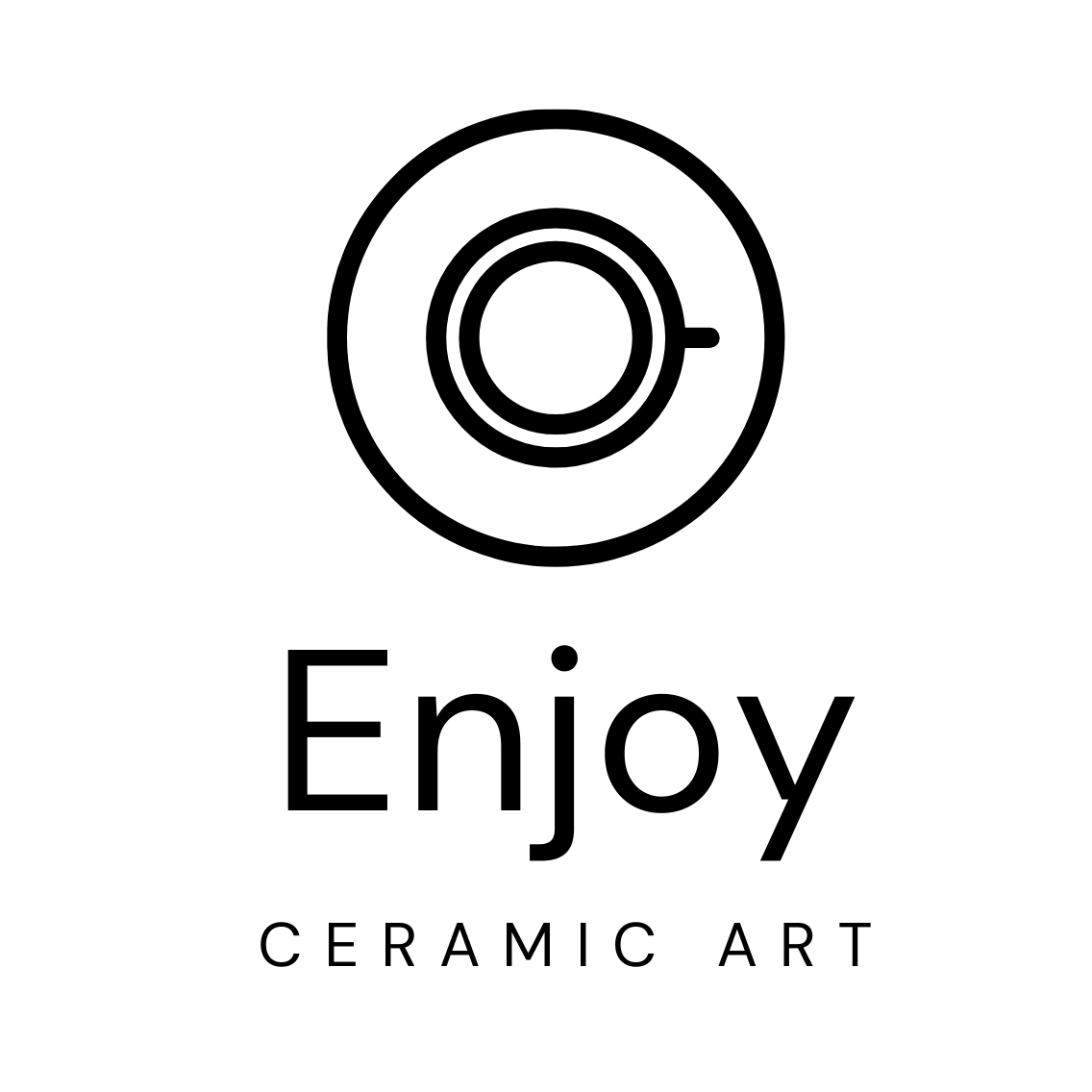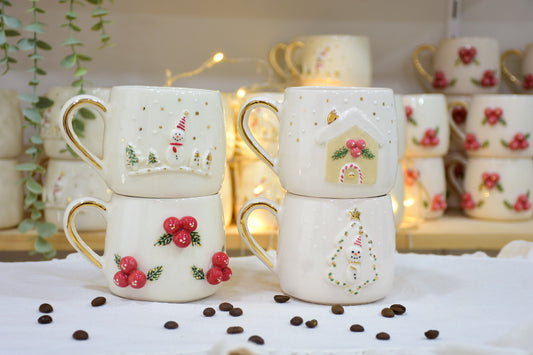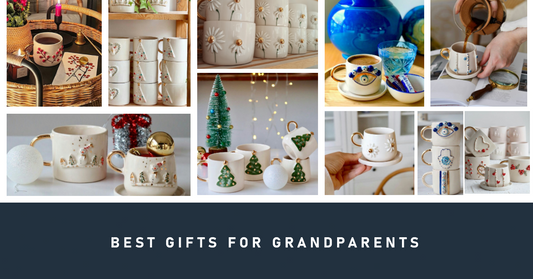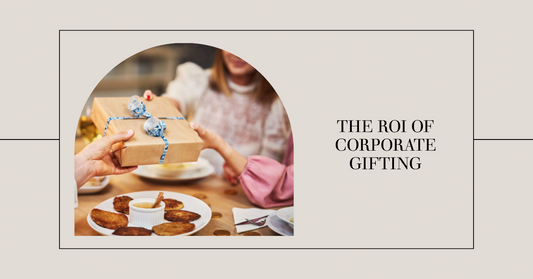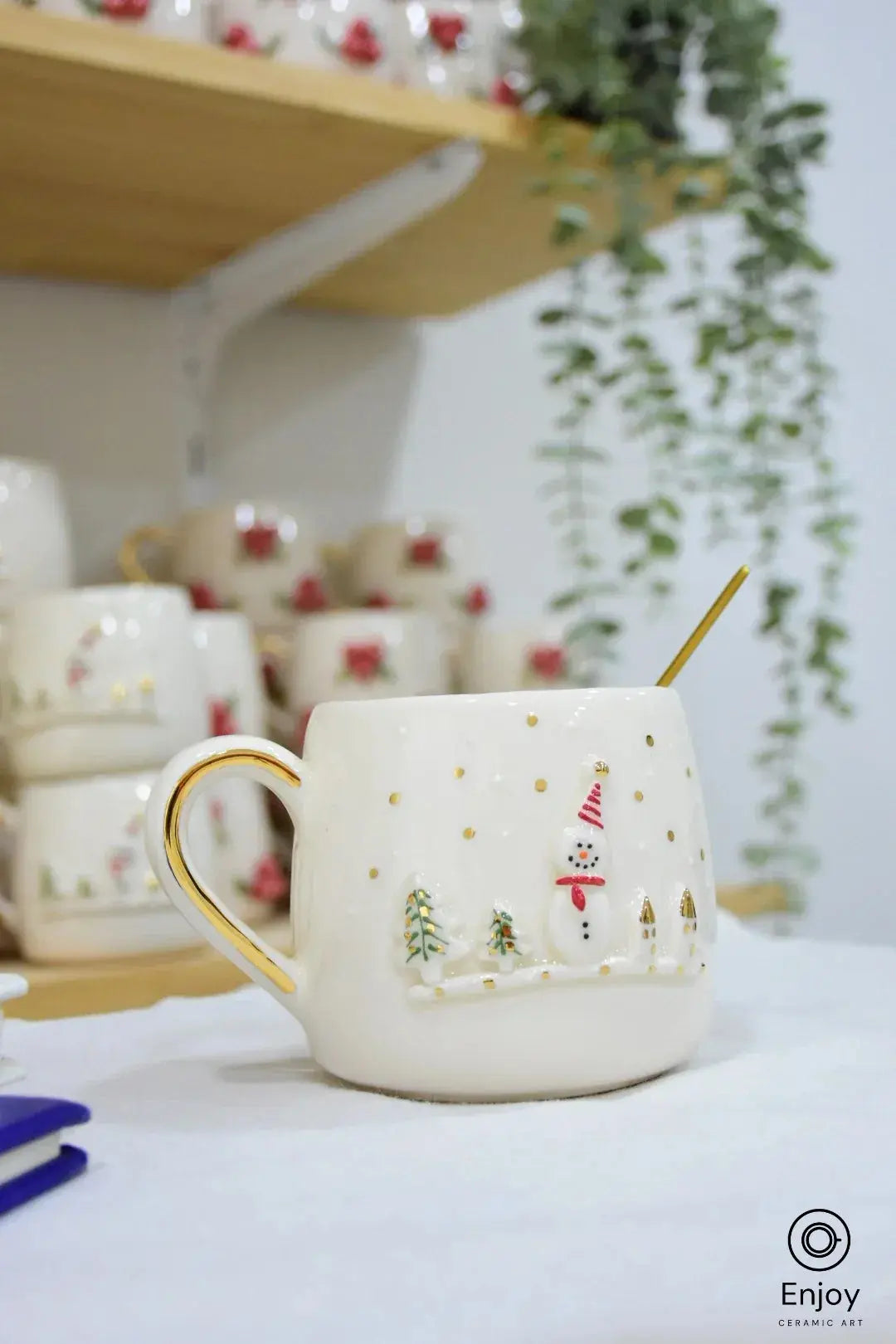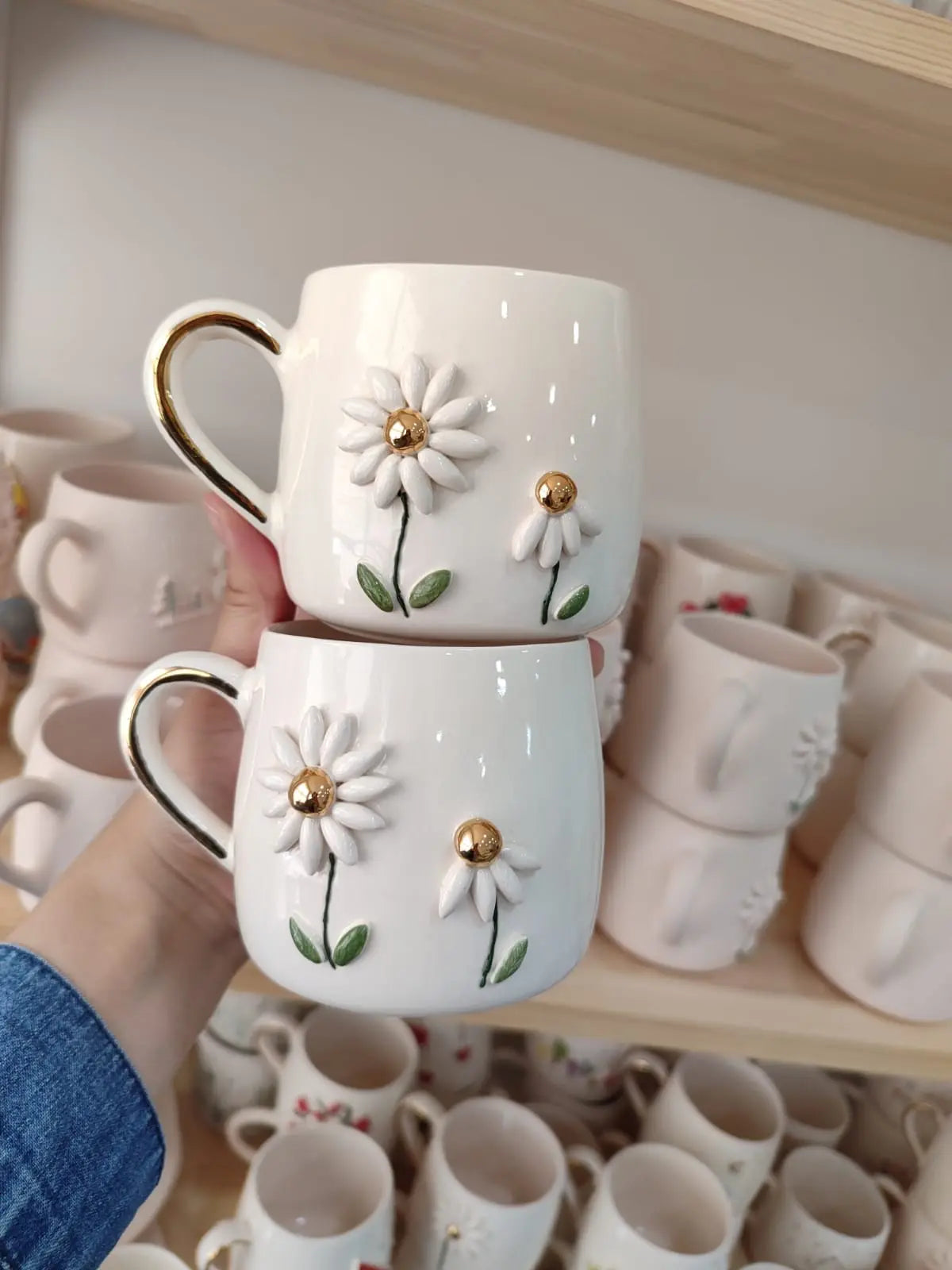Table of Contents
Introduction:
Branding is an essential element of any company's marketing strategy.
It encompasses the visual and emotional aspects that shape how a business is perceived by its target audience.
A strong branding strategy can create a lasting impression, build customer loyalty, and differentiate a company from its competitors.
One often overlooked but powerful tool in branding is custom ceramics.
From coffee mugs to espresso cups, these unique and handmade pieces can add a touch of elegance, personality, and exclusivity to a company's branding efforts.
In this article, we will explore five ways to incorporate custom ceramics in your company's branding strategy, with a focus on enjoying Ceramic Art's exquisite collections of coffee mugs and espresso cups.
The 5 Main Areas of Branding Strategy:

- Visual Identity: The visual elements of a brand, such as a logo, colors, fonts, and imagery, create the first impression and convey the personality and values of a company. Custom ceramics can be used to extend and enhance a brand's visual identity. For example, by featuring a company's logo or brand colors on coffee mugs or espresso cups, businesses can create a consistent and memorable brand image that leaves a lasting impression on customers.
- Packaging and Presentation: The packaging and presentation of products can also play a significant role in branding. Custom ceramics can be used to create unique and eye-catching packaging solutions for coffee mugs and espresso cups. For instance, using custom-made ceramic gift boxes or wrapping cups in branded tissue paper can elevate the unboxing experience for customers, adding a touch of luxury and sophistication to the brand.
- Brand Storytelling: Storytelling is a powerful branding tool that allows companies to connect with their audience on an emotional level. Custom ceramics can be used to tell a brand's story through unique designs and themes. For example, Enjoy Ceramic Art's collections of Christmas mugs, Blue&Gold mugs, Floral mugs, and Fall&Halloween mugs can be used to create a seasonal storytelling narrative that resonates with customers and adds depth to the brand's personality.
- Corporate Gifting: Corporate gifting is a popular trend in the business world, as it allows companies to express gratitude, strengthen relationships, and promote their brand. Custom ceramics can be used as exquisite and thoughtful corporate gifts. For instance, Enjoy Ceramic Art's unique handmade mugs and cups can be personalized with a special message, making them unique and memorable gifts that leave a lasting impression on recipients.
- Brand Collaboration: Collaborating with other brands or artists can be a creative way to expand a company's branding efforts. Custom ceramics can be used as a canvas for collaborations with artists, designers, or other businesses. For example, Enjoy Ceramic Art can collaborate with local artists to create limited-edition coffee mugs or espresso cups featuring unique artwork or designs, creating a sense of exclusivity and creativity that sets the brand apart from competitors.
Creating Brand Identity Designs: 5 Steps to Success

Once you have defined your brand strategy, the next step is to create brand identity designs that reflect your brand's essence and communicate your brand's message to your target audience effectively.
Here are five steps to creating brand identity designs that will help your brand stand out:
- Define your brand's visual elements: Your brand's visual elements, such as logo, color palette, typography, and imagery, play a crucial role in creating a consistent and memorable brand identity. Start by defining your brand's primary and secondary colors, selecting a font that represents your brand's personality, and designing a logo that encapsulates your brand's essence. Consider the emotional impact that your visual elements will have on your target audience and ensure they align with your overall brand strategy.
- Develop brand guidelines: Brand guidelines serve as a roadmap for using your brand's visual elements consistently across all touchpoints. These guidelines should include rules for logo usage, color palette, typography, imagery, and other visual elements, as well as guidelines for the tone of voice and messaging. By establishing clear brand guidelines, you ensure that your brand identity remains consistent and coherent, regardless of the platform or medium.
- Create branded collateral: Branded collateral refers to any materials or assets that feature your brand identity and are used for communication and promotion purposes. This includes business cards, letterheads, email signatures, social media graphics, website design, and packaging. When creating branded collateral, ensure that they are consistent with your brand's visual elements and follow your brand guidelines. This consistency reinforces your brand identity and makes it more memorable to your target audience.
- Incorporate brand identity designs across all touchpoints: To create a cohesive and effective brand identity, it's essential to incorporate your brand's visual elements across all touchpoints where your brand interacts with your target audience. This includes your website, social media profiles, packaging, promotional materials, advertising campaigns, and any other touchpoints that are relevant to your target audience. Consistency in your brand identity designs across all touchpoints creates brand recognition and builds trust with your audience.
- Test and iterate: Once you have implemented your brand identity designs, it's important to test their effectiveness and make necessary iterations based on feedback and results. Monitor the performance of your brand identity designs across different touchpoints and gather feedback from your target audience to ensure that your brand is resonating with them. If needed, make adjustments to your brand identity designs to better align with your brand strategy and target audience preferences.
Helpful Strategies to Build Your Personal Brand: 5 Key Steps

In today's competitive business landscape, building a strong personal brand has become increasingly important for professionals and entrepreneurs alike.
Your personal brand is how you present yourself to others and differentiate yourself from the competition.
Here are five helpful strategies to build your own personal brand:
- Define your personal brand strategy: Your personal brand strategy is the foundation of your personal brand. It involves identifying your unique strengths, values, and passions, and determining how you want to be perceived by others. Start by defining your target audience and understanding their needs and preferences. Then, craft a clear and compelling personal brand message that communicates your value proposition and differentiates you from others in your field.
- Establish your online presence: In today's digital age, having a strong online presence is essential for building a personal brand. Create a professional website or blog that showcases your expertise, achievements, and portfolio. Optimize your social media profiles to reflect your personal brand strategy and share valuable content that resonates with your target audience. Consistently engage with your audience and establish yourself as an expert in your field.
- Network strategically: Networking is a powerful tool for building your personal brand. Attend industry events, join professional associations, and engage in online communities relevant to your field. Network strategically by connecting with individuals who can help you expand your reach and influence in your industry. Build meaningful relationships with key stakeholders, mentors, and influencers who can endorse and promote your personal brand.
- Demonstrate expertise through content creation: Creating and sharing valuable content is an effective way to demonstrate your expertise and establish yourself as a thought leader in your field. Start a blog, write articles, create videos, or host a podcast that showcases your knowledge and insights. Share your content on your website, social media, and relevant industry platforms to showcase your expertise and provide value to your audience.
- Consistently uphold your personal brand: Building a personal brand is an ongoing process that requires consistency and authenticity. Be true to yourself and consistently uphold your personal brand message across all touchpoints, including your online presence, networking events, speaking engagements, and professional interactions. Be mindful of the way you present yourself and ensure that it aligns with your personal brand strategy and values.
In conclusion, building a strong personal brand requires a strategic approach that involves defining your personal brand strategy, establishing your online presence, networking strategically, demonstrating expertise through content creation, and consistently upholding your personal brand.
By following these steps, you can create a personal brand that stands out and helps you achieve your professional goals.
